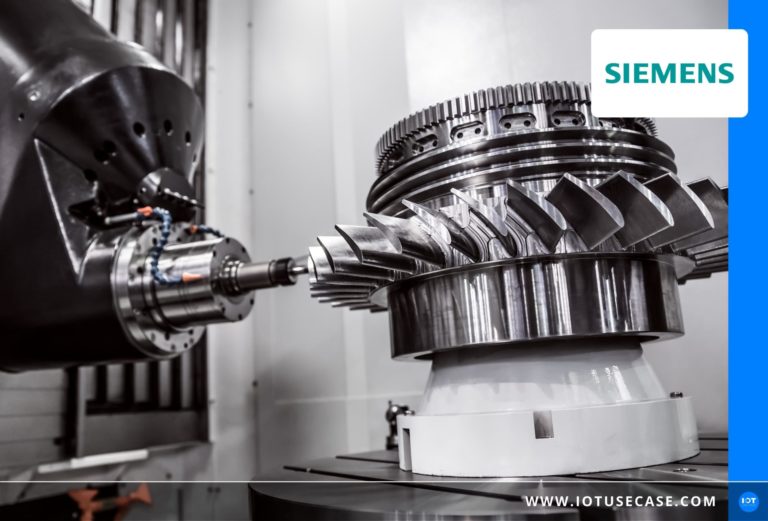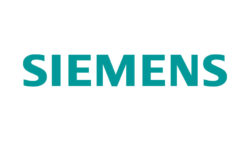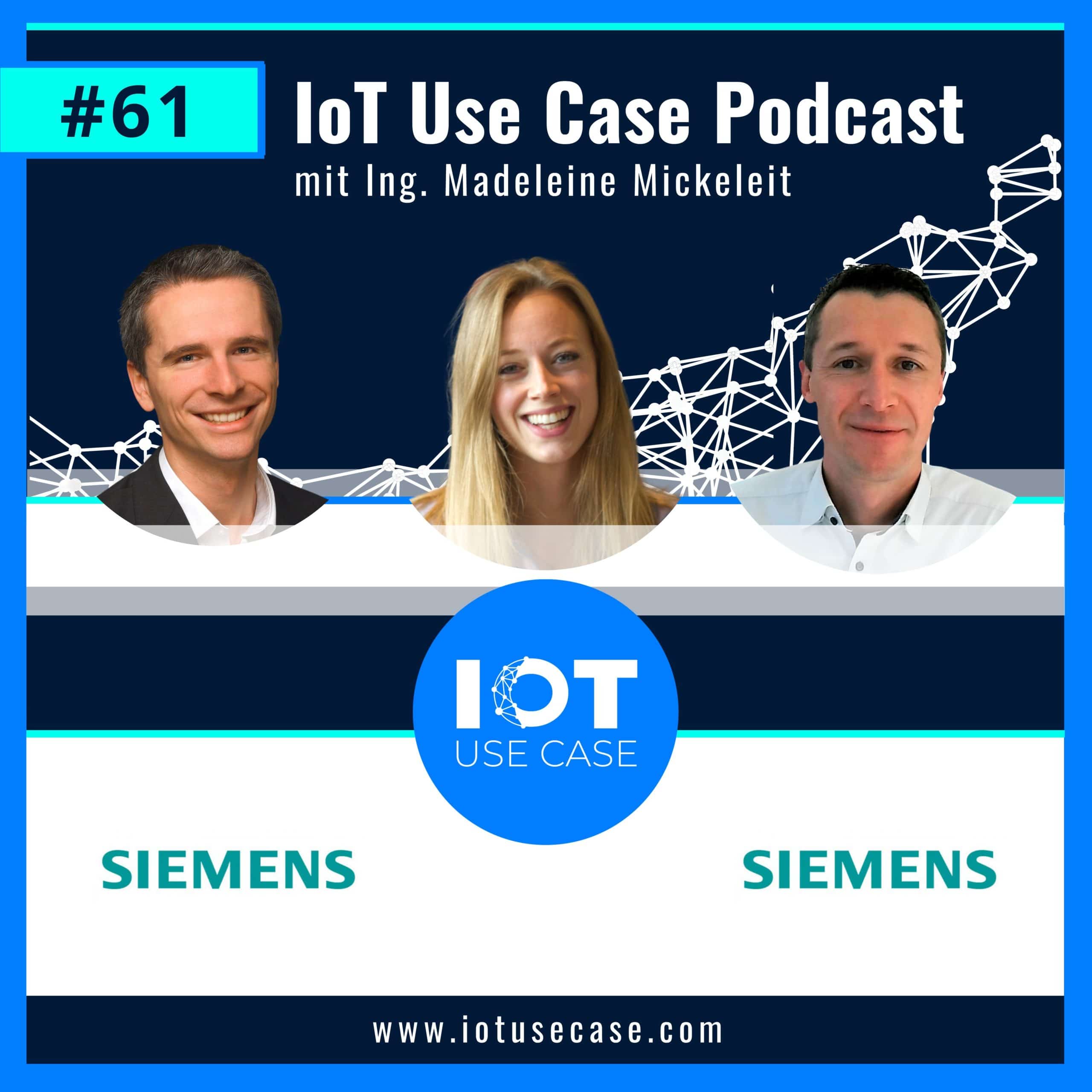In machine tools, manufacturing processes, mechatronics and handling are optimized and fully automated. Where lies the potential for productivity increases? In the data of the shop floor/process data – if they are cleverly collected and evaluated. The market is driving service providers to become even more productive while meeting increasing quality requirements. In metal-cutting production, for example for the automotive and aerospace industries, the manufacturing processes and mechatronics of machine tools have already been optimized and handling fully automated. Where is the potential for quality and productivity improvements? In manufacturing data, specifically process data that can be used to optimize quality management processes!
The challenge:
In series production, quality management is in a “quandary”. Testing each component individually results in seamless monitoring, but this makes the process slow and expensive. Taking only random samples does not give a good overview of the quality situation and is basically out of the question given the high requirements.
With small batch sizes to single piece production, there is a challenge on a different front. The aerospace sector provides an example: the production of a landing leg, a landing gear component of an aircraft, takes up to several days, depending on the aircraft type, until the quality is as specified by the corresponding certification. The blank usually costs a 5-digit amount and is made of titanium, a difficult-to-machine material that wears out special tools very quickly. Manufacturing trials that turn expensive raw material into scrap and “eat” special tools in the process are a costly process. It would be better to be able to prepare this production process well in a simulation and already know what the workpiece will look like before the first chip is removed.
Another challenge: In many manufacturing operations, you encounter a brownfield. In the halls there are machine tools of different manufacturers, with control systems of different manufacturers. There are new machines and older ones that – as far as digitization is concerned – still have some catching up to do. There is usually a lack of interfaces at which data can be taken. So the issues of heterogeneity and connectivity are additional challenges.
The solution
With the “Industrial Edge for Machine Tools” platform and the associated apps, Siemens has developed a solution landscape that addresses these challenges. You can compare this platform to a cell phone and a selection of apps – only on an industrial level and with maximum IT security.
In order for the platform to access the data of all machines in a machine park, it requires Uniform communication interfacesAs a quasi-industry standard, “umati” can be used here, for example. An inventory of the company’s own machinery usually gives this picture: one machine already speaks “umati” ex works, while no data at all can be taken from an older machine. But that’s not a problem: for the older machines, the Industrial Edge for Machine Tools platform is just the thing, because it can retrofit connectivity. In some cases, you don’t even have to intervene in the machine to do this. There is an interface to the controller and the “umati” functionality is performed on the Edge platform, which works like a converter in these cases. On the hardware side, the Edge platform runs on an IPC that is installed directly in the machine’s control cabinet. This is also where the initial pre-processing of the masses of data that arrive takes place. If the user has a server infrastructure at the factory level, further analyses and evaluations can also be performed locally there.
The Industrial Edge for Machine Tools platform includes a number of apps for various use cases: In the area of series production, the app “Analyze MyWorkpiece /Monitor” is used for automatic quality assurance during the machining process of a workpiece. For seamless monitoring, the app runs through three steps: In the first step, reference data from the affected process is recorded, which later serves as training data. Ideally, the reference data represent the production of good parts. Among other things, data on currents, position setpoint values and position actual values as well as position controller deviations are collected here. In addition, there is certain contextual information, such as which tool was used. This is followed by the so-called model training, where the data is statistically analyzed and pre-cleaned – this takes a lot of work off the user’s hands. In this phase, the data is qualified by bringing together only comparable data. After that, the data is still transformed so that data with a time stamp becomes data indicating the movement of the workpiece in space in millimeters. In this way, time delays that do not affect the content of the process are removed from consideration. Finally, a monitoring model is created, which one then switches active. If a component is now manufactured, the app recognizes the component model independently and checks whether the process is within the trained tolerance or not. The user receives automated feedback on this.
Optimized single-part production is all about a different app: “Analyze My Workpiece /Capture”. This records data so that the manufacturing process can later be prepared and optimized in a digital model. Three different types of data are considered: the nominal values, the actual values, and further information accompanying the process, such as which NC code is used, which tool is changed in when, and which geometry the tool had. Thus, the process can be completely reconstructed. With “Analyze MyWorkpiece /Toolpath” this data can then be visualized on the PC. The manufacturing program is first executed in the virtual world, with all data recorded in the virtual world. Ablation algorithms are used to simulate what the finished part would look like – including any surface defects the real part would have after this pass. This process is then optimized until the virtual workpiece is as the real one should be.







